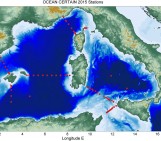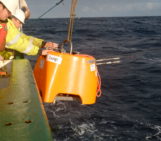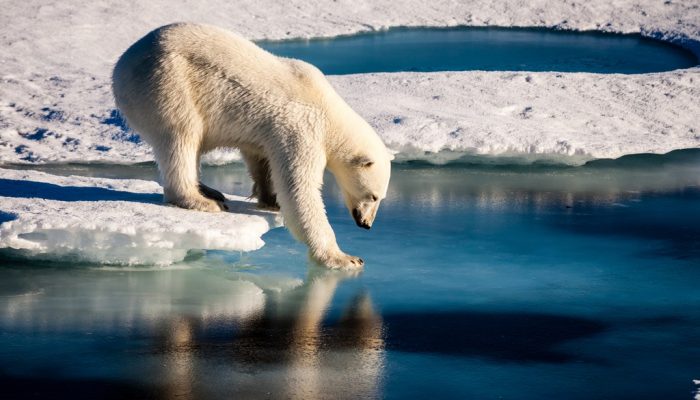
Drawing inspiration from popular stories on our social media channels, major geoscience headlines, as well as unique and quirky research, this monthly column aims to bring you the latest Earth and planetary science news from around the web.
Major story
The impact that humans have left on the planet’s landscape is so profound, that up to one million plant and animal species are at risk of extinction, many within decades, a new 1,500-page report backed by the United Nations has found. This serious decline in biodiversity would have far-reaching consequences for the planet’s ecosystems and the global human population.
The report, assembled by Intergovernmental Science-Policy Platform on Biodiversity and Ecosystem Services (IPBES) with the aid of hundreds of scientists, is one of the most comprehensive reviews of the fate of Earth’s biodiversity. It follows up on an environmental assessment from 2005, but the new report goes further by analysing how biodiversity, climate and human wellbeing are connected to each other.
The results show that roughly 75 percent of land and 66 percent of marine areas have been “significantly altered” by human activities, including urban development, agriculture, logging, fishing, mining, and hunting. “The rate of global change in nature during the past 50 years is unprecedented in human history,” the authors of the assessment write. This kind of change has already taken its toll on Earth’s environment, as the average abundance of species in terrestrial ecosystems has dropped by at least 20 percent, mostly within the last century.
The rate of global species extinction is already tens to hundreds of times faster than the average extinction rate over the last 10 million years and will only increase unless governments issue sweeping environmental measures measures, says the analysis.
Climate change poses as an additional threat to many species that rely on certain climate conditions for survival. The new report estimates that 2 °C of global warming above pre-industrial levels would put 5 percent of all species at risk of extinction. If global temperature rise goes past 4.3 °C, extinction risk would extend to 16 percent of Earth’s species.
The review also warns how this kind of loss in biodiversity would pose significant risks to human populations. “For a long time, people just thought of biodiversity as saving nature for its own sake,” said Robert Watson, chair of the Intergovernmental Science-Policy Platform on Biodiversity and Ecosystem Services, to the New York Times. “But this report makes clear the links between biodiversity and nature and things like food security and clean water in both rich and poor countries.”
Earth’s diverse environment provides several benefits and services to human communities, from absorbing carbon dioxide and filtering drinking water to being a source of tourism and medicine. Without the resources, services, and protections from our natural surroundings, humans could face a number of challenges, including increased food instability and environmental disaster.
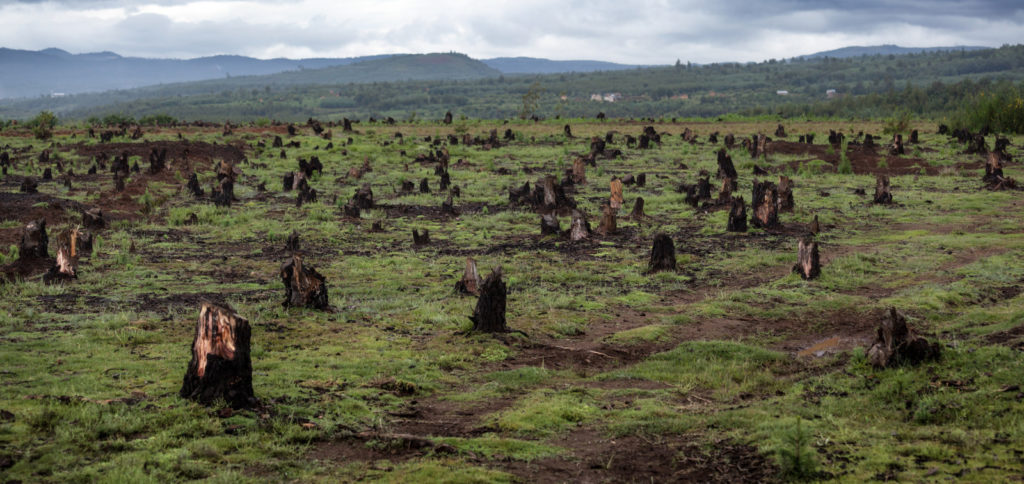
Stumps on the valley in Madagascar caused by deforestation and slash and burn type of agriculture. Photo credit: Dudarev Mikhail/Shutterstock.com
The authors of the report note that we can still avoid severe loss in global biodiversity if nations adopt “transformative changes” to how humans interact with the environment, such as cutting down on wasteful consumption and pollution, reducing our agricultural impact, and curtailing logging and fishing activities.
David Obura, one of the main authors of the review, said to the Guardian: “We tried to document how far in trouble we are to focus people’s minds, but also to say it is not too late if we put a huge amount into transformational behavioural change. This is fundamental to humanity. We are not just talking about nice species out there; this is our life-support system.”
What you might have missed
This month has also produced some interesting new findings about the geology of our closest astronomical neighbor, the Moon.
The first mission to the far side of the Moon, led by the China National Space Administration, may have discovered pieces the Moon’s mantle exposed on its surface. If confirmed, the material would be the first unaltered samples of the Moon’s interior layer collected and could give scientists clues about the Moon’s early history.
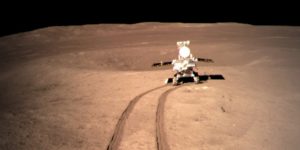
China’s Yutu 2 rover moving across the far side of the moon. Credit: China National Space Administration
The materials were found by a rover deployed by the Chinese space agency as it was surveying a crater that scientists believe was formed by an impact event. If powerful enough, such a collision could have brought parts of the Moon’s mantle to the surface. By analysing data taken by the rover’s visible and near-infrared spectrometer, the researchers identified olivine and low-calcium pyroxene. These minerals haven’t typically been found on the lunar surface, suggesting that the samples may have come from the mantle.
“The findings lend weight to the theory that the Moon’s surface was once molten but separated into layers as it solidified, leaving largely lighter minerals in the surface crust and burying denser ones in its mantle,” Nature reported.
Meanwhile, a new analysis of decades old data from NASA suggests that the Moon may still be tectonically active today. About 50 years ago, Apollo astronauts installed seismometers on the Moon’s surface. The instruments picked up the rumbling of shallow moonquakes, but the activity couldn’t be properly explained at the time. Recently, scientists have found that a number of these moonquake were located within 30 km of fault scarps, cliff features that form when one side of a fault has thrust up or slipped down. The cliffs were identified in 2010 from images taken by NASA’s Lunar Reconnaissance Orbiter.
This visualization of Lee Lincoln scarp is created from Lunar Reconnaissance Orbiter photographs and elevation mapping. The scarp marks the location of a relatively young, low-angle thrust fault. Credits: NASA/Goddard/SVS/Ernie Wright
The findings suggest that these quakes may have been triggered by these faults as a result of both internal heat escaping the Moon and Earth’s gravitational pull. This would imply that the Moon has more internal heat and is more tectonically active than previously believed. “Knowing more about that activity, including where the moon’s surface is still on the move, could help scientists identify where — and where not — to land future spacecraft,” says Science News.
Links we liked
- Why some climate scientists are saying no to flying
- Protect solar system from mining ‘gold rush’, say scientists
- Strange waves rippled around Earth. Now we may know why.
- Ship spies largest underwater eruption ever
- These tiny microbes are munching away at plastic waste in the ocean
The EGU story
This month we introduced Geoscience Days, a new EGU series of national public engagement events. The EGU Geoscience Days are events organised around Europe that aim to raise awareness of the Earth, planetary and space sciences to students, researchers, the wider public and national policymakers. The first event is taking place today (31 May) at the Romanian Academy in Bucharest, Romania.
The deadline to nominate the best deserving researchers for the EGU 2020 awards and medals is next month, on the 15th of June. To increase diversity in the group of EGU awardees and medallists, we encourage the EGU membership to consider gender, geographical and cultural balance when nominating outstanding Earth, planetary and space scientists at various career stages.
And don’t forget! To stay abreast of all the EGU’s events and activities, from highlighting papers published in our open access journals to providing news relating to EGU’s scientific divisions and meetings, including the General Assembly, subscribe to receive our monthly newsletter.


